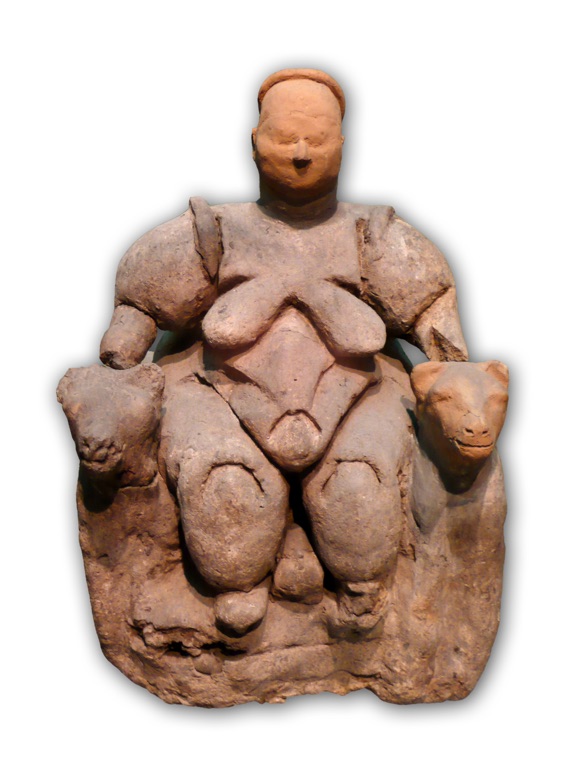Summary
The Seated Woman of Çatalhöyük is a prehistoric artifact discovered in the ancient city of Çatalhöyük, Turkey. This clay figurine, dating back to approximately 6000 BC, is considered one of the earliest examples of human art. The statue depicts a corpulent woman seated on a throne, with her hands resting on leopard heads. The Seated Woman of Çatalhöyük provides a glimpse into the Neolithic era, revealing the society, beliefs, and artistic abilities of the people who created it.
Get your dose of History via Email
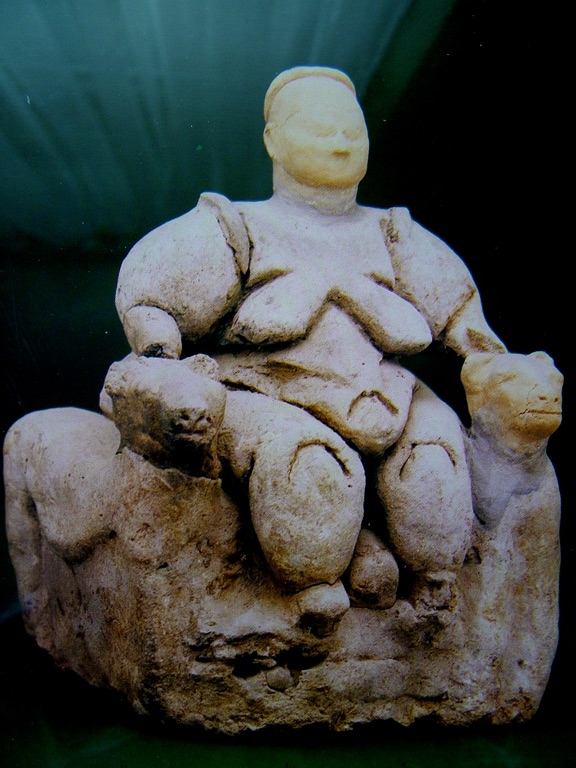
What is the historical and cultural significance of the Seated Woman of Çatalhöyük statue?
The Seated Woman of Çatalhöyük holds immense historical and cultural significance. As one of the earliest known pieces of human figurative art, it offers invaluable insights into the early human civilization. The statue’s prominent display of a woman, along with the leopards, suggests a society where women might have held positions of power or been considered sacred.
Moreover, the figurine provides a tangible link to the Neolithic era, a period marked by significant advancements in human society, including the development of agriculture and settled communities. The Seated Woman of Çatalhöyük is a testament to the artistic and cultural capabilities of the people during this time.
The statue’s depiction of a corpulent woman also indicates the society’s views on fertility and abundance. In many ancient cultures, corpulence was associated with fertility, wealth, and prosperity. Thus, the Seated Woman of Çatalhöyük might have been a symbol of fertility and abundance for the Neolithic people.
Furthermore, the presence of leopards in the statue suggests the significance of these animals in the society. They might have been considered sacred or powerful, symbolizing strength or protection.
Overall, the Seated Woman of Çatalhöyük serves as a cultural symbol, offering a glimpse into the beliefs, values, and societal structure of the Neolithic people.
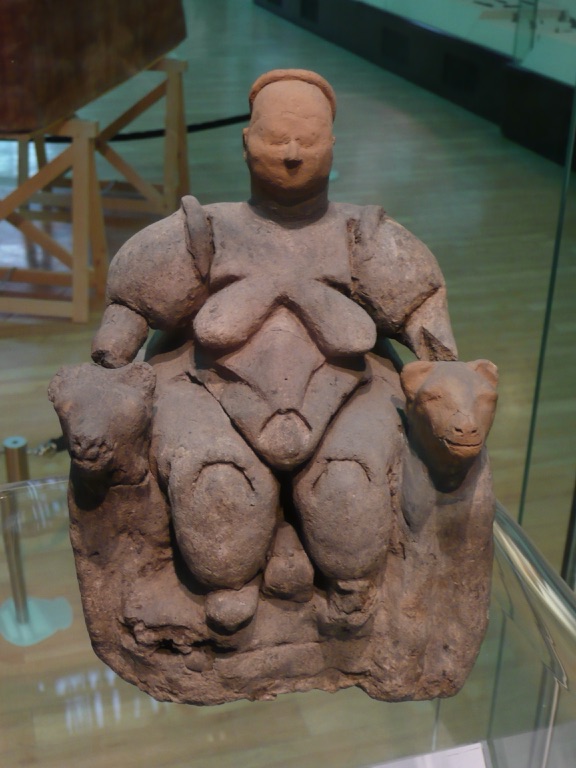
What does the Seated Woman of Çatalhöyük statue reveal about the society and beliefs of the people who created it?
The Seated Woman of Çatalhöyük reveals several aspects of the society and beliefs of the people who created it. The depiction of a seated woman suggests a matriarchal society or a culture that revered women. The corpulence of the woman indicates a society that valued fertility and abundance.
The presence of leopards in the statue implies that these animals held a significant place in the society’s beliefs or mythology. They might have been considered sacred, powerful, or protective. The fact that the woman is seated on a throne flanked by leopards suggests that she could be a deity or a figure of authority.
The craftsmanship of the statue reveals a society with advanced artistic abilities. The intricate details of the woman’s features and the leopards show a high level of skill and sophistication. This suggests a society that valued art and had developed techniques for creating such detailed figurines.
The statue’s preservation over thousands of years indicates a society that valued longevity and durability. The use of clay, a material that can withstand the test of time, suggests a society that planned for the future and understood the concept of preservation.
Overall, the Seated Woman of Çatalhöyük provides a snapshot of the society and beliefs of the Neolithic people, revealing a culture that revered women, valued fertility and abundance and had advanced artistic abilities.
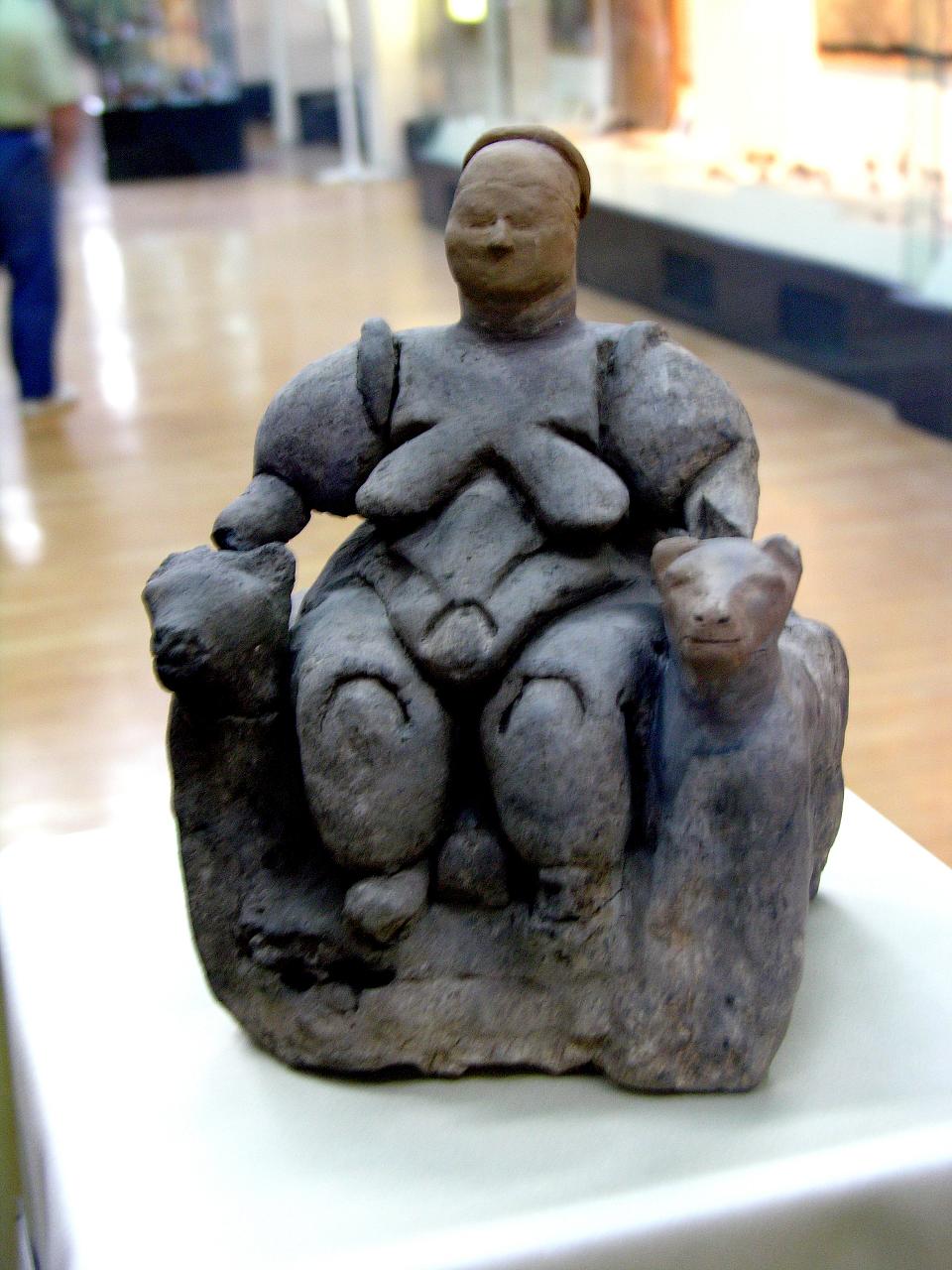
What materials and techniques were used to create the Seated Woman of Çatalhöyük statue?
The Seated Woman of Çatalhöyük was crafted from clay, a common material used in Neolithic art. Clay was readily available and could be easily shaped and molded, making it an ideal material for creating figurines.
The statue was created using a technique known as hand-building, one of the oldest methods of working with clay. This involves shaping the clay by hand, without the use of a wheel or other tools. The details of the woman’s features and the leopards were likely carved or etched into the clay while it was still soft.
Once the statue was shaped, it would have been left to dry, a process that could take several days. After drying, the statue was likely fired in a kiln, a process that hardens the clay and makes it more durable. The high temperatures in the kiln would also cause chemical changes in the clay, resulting in the reddish-brown color of the statue.
The Seated Woman of Çatalhöyük shows a high level of craftsmanship and attention to detail. The intricate features of the woman and the leopards indicate a skilled hand and a keen eye. This suggests that the creator of the statue was likely a skilled artisan, possibly a specialist in the community.
Overall, the creation of the Seated Woman of Çatalhöyük involved a combination of readily available materials, traditional techniques, and skilled craftsmanship.
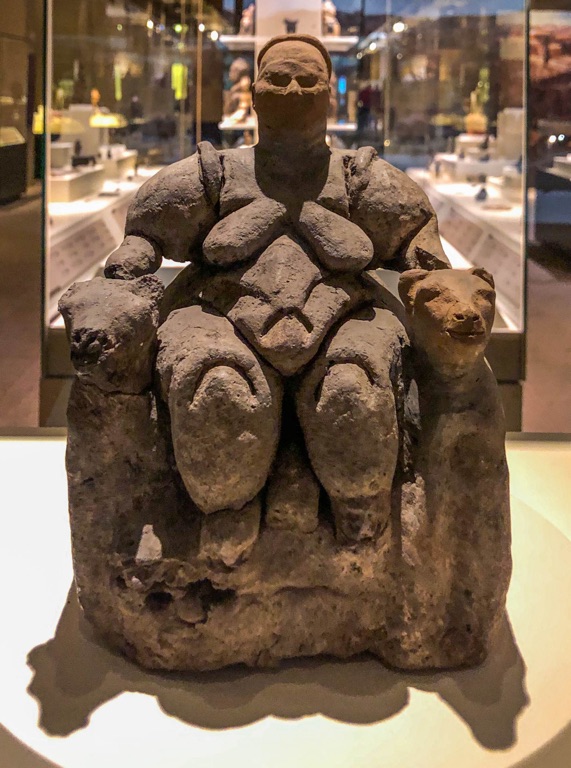
Where is the Seated Woman of Çatalhöyük currently displayed and how is it being preserved?
The Seated Woman of Çatalhöyük is currently housed in the Museum of Anatolian Civilizations in Ankara, Turkey. The museum is renowned for its extensive collection of artifacts from the Anatolian region, spanning thousands of years of human history.
The statue is displayed in a climate-controlled case to protect it from environmental damage. The case is designed to maintain a consistent temperature and humidity level, preventing the clay from drying out and cracking. The statue is also protected from physical damage by a layer of protective glass.
The museum employs a team of conservators who regularly inspect and clean the statue. This involves carefully removing any dust or debris that has accumulated on the statue, using specialized tools and techniques to avoid damaging the fragile clay.
The Seated Woman of Çatalhöyük is also regularly examined by experts to assess its condition and identify any potential issues. This includes checking for signs of deterioration, such as cracks or discoloration, and taking steps to address these issues before they become serious.
Overall, the Museum of Anatolian Civilizations is committed to preserving the Seated Woman of Çatalhöyük for future generations, employing a range of measures to protect and maintain this invaluable piece of human history.
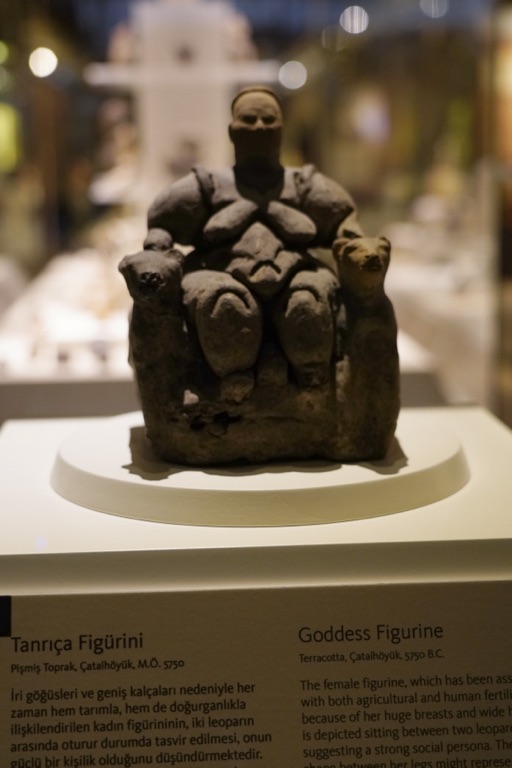
What theories exist about the role or symbolism of the Seated Woman of Çatalhöyük in the society that created it?
Several theories exist about the role or symbolism of the Seated Woman of Çatalhöyük in the society that created it. One of the most prevalent theories is that the statue represents a mother goddess or a fertility deity. The corpulence of the woman is often associated with fertility and abundance, suggesting that she could be a symbol of these concepts.
Another theory suggests that the woman could be a figure of authority or a leader in the society. The fact that she is seated on a throne, flanked by leopards, implies a position of power or respect. This could indicate a matriarchal society or a culture that revered women.
The presence of leopards in the statue has also led to theories about the significance of these animals in the society. They might have been considered sacred or powerful, symbolizing strength or protection. The woman’s association with the leopards could indicate her role as a protector or a leader.
Some theories suggest that the statue could be a representation of the society’s beliefs or mythology. The woman and the leopards could be characters from a myth or a story, serving as a tangible representation of the society’s oral tradition.
While these theories offer different interpretations of the Seated Woman of Çatalhöyük, they all highlight the statue’s importance in the society that created it, whether as a symbol of fertility, a figure of authority, or a representation of the society’s beliefs.
Conclusion and Sources
In conclusion, the Seated Woman of Çatalhöyük is a significant artifact that offers invaluable insights into the Neolithic era. From its depiction of a corpulent woman and leopards to its intricate craftsmanship, the statue reveals a society that revered women, valued fertility and abundance, and had advanced artistic abilities. The preservation and display of the statue in the Museum of Anatolian Civilizations highlight its importance in human history and the ongoing efforts to protect this invaluable piece of our past.
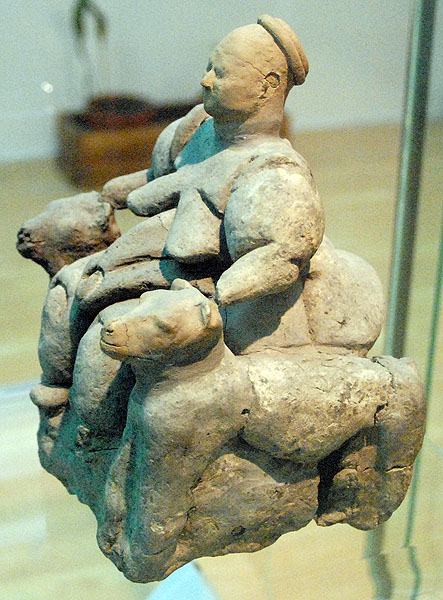
For further reading and to validate the information provided in this article, the following sources are recommended:

